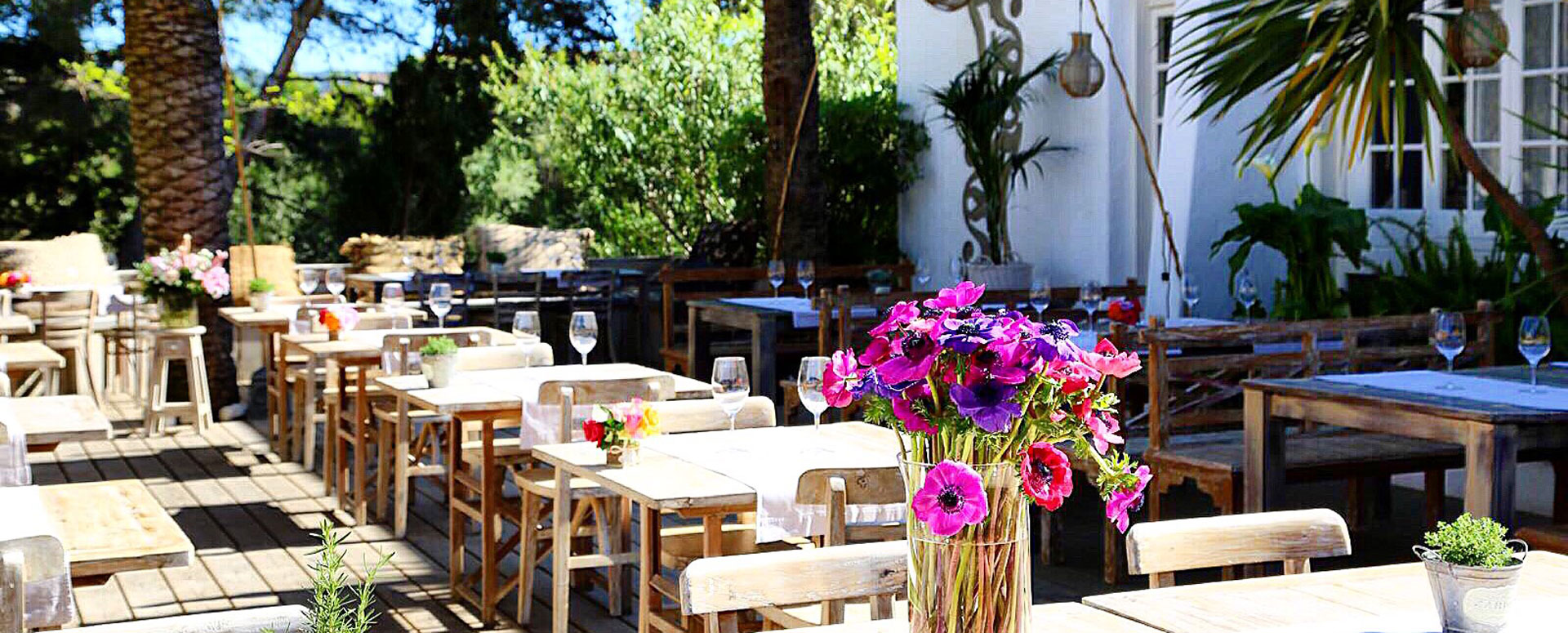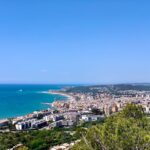We have a secret: We have whales on the coast of Sitges and Barcelona!
Little of us have had the chance to discover this big and hidden treasure. Whale sighting season finalised recently and the Asociation of Edmaktub; with it’s headquarters in Vilanova i la Geltru, was able to identify 174 whales just this year on Sitges’ coast line! It has for sure been an extremely exceptional year!

These specific whales found on our coast line are known as the “fin whale” species or in scientific term, “balaenoptera physalus”. These can reach up to 24 meters and come to the Catalan coast in search for food during the months of February up until June. It’s surprising to see that, regardless of the associations’ hard work and all
of the other associations located in the Mediterranean dedicating themselves to this species, there is still much to be discovered about them. For instance, there isn’t much information available of their route and neither of their mating spots. However, the association is highly dedicated on tracing their steps together with specialists.
There are several theories on why this year has been especially successful. Various factors affect the whales presence. For example, winter’s rain- when it rains little, food will be scarce, and consequently, few whales. It has rained quite a bit this winter, therefore it marks a raise in krill. We could think that another important factor is the substantial decrease in the traffic of boats and other vehicles during the pandemic. This has made the water and air less polluted, thus creating optimal conditions for the proper development of the whales’ food. However, there is no scientific support yet to certify it.
Sadly, we are talking about an endangered animal due to its high demand in the irresistible fishing industry and critical water pollution.

What can we do to help?
On our travel:
The Parc del Garraf area is becoming increasingly popular and recognized with its beautiful ‘masías’ (farmhouses) full of history, its abundant nature and its extensive beaches. Tourism increases notably in towns such as Sitges and Sant Pere de Ribes, which if not done in a responsible and conscious way, can lead to a lot of destruction.
At Can Parès we are working hard to become a sustainable tourist destination. It has the Biosphere certificate and is part of the Associació de Turisme Sostenible Parcs Garraf Olèrdola i Foix with the hashtag #somturismesaludable. We have a short-term action plan so that the masía becomes completely self-sustainable, with a natural pool without chemicals, solar panels and reuse of rain and wastewater. We promote recycling to prevent this waste from ending up in nature or in the sea.
By visiting places committed to the environment we can help to reduce the negative impact on the environment. Also being aware of our consumption habits, we can be part of the solution to avoid continuing to pollute the Mediterranean Sea.
Our consumption habits:
Everything is connected. If we consume a lot of paper, there will be fewer trees, if we consume a lot of plastic, there will be a lot of waste in the sea, if we buy things from unsustainable brands we will be supporting their irresponsible acts. All the personal and household hygiene products that we use end up in the water, if we avoid the use of these products, we will be avoiding the contamination of the water. There are few and small changes that we can make in our day to day in order to improve our consumption habits towards more environmentally responsible ones. These actions will help species such as fin whales to continue to reproduce and feed in healthy and safe areas.
Responsible navigation and fishing:
If we travel by boat, we can be aware of the route to avoid collisions with the whales. In case of seeing any, immediately notify associations such as Edmaktub so that they can carry out the necessary analysis and registration in order to continue expanding the collection of data on their behavior. We can also try to use natural resources for navigation and avoid the use of toxic chemicals on boats.
If we consume fish, let’s make sure we buy it in places that fish responsibly and not massively. Let’s look for the local markets where you can get fresh seasonal fish and in this way we will also support artisanal fishermen. If we really want to change and help, we can bring our own containers to avoid plastic!
Climate change:
All the factors mentioned above are related to climate change and thanks to the research carried out, we can reach to conclusions where we see that if there is little rain, high temperatures and polluted seas, the whales will not have anything to eat. This means there will be a break in the cycle and they will go to another place to look for food, sadly, they will stop visiting us.
It is a matter of trying to lead a responsible and environmentally friendly life line. Remember, every action adds up!

Conclution:
It is incredible to know that less than an hour from the coast of Sitges you can see fin whales, beautiful animals that give so much life to the ocean. The fin whale, an endangered species, has chosen our coast because all the environmental conditions exist so that they can feed and be at peace. 2021 has been a very successful year because many more whales have been sighted than in previous years and it is believed that this has been due to both the low flow of boats during the pandemic and the increase in rainfall during the winter. Let’s continue working together every day to keep these wonderful visitors in a safe and healthy environment.
Let’s be aware of our consumption habits, let’s support places and brands with strict sustainability policies, if we have a boat, let’s keep our eyes open in case a whale crosses our path to avoid collisions, let’s buy artisanal and local fish and last but not least, let’s support Associations like Edmaktub so that they can continue working to know, conserve and protect the biodiversity that is found off our coast!





